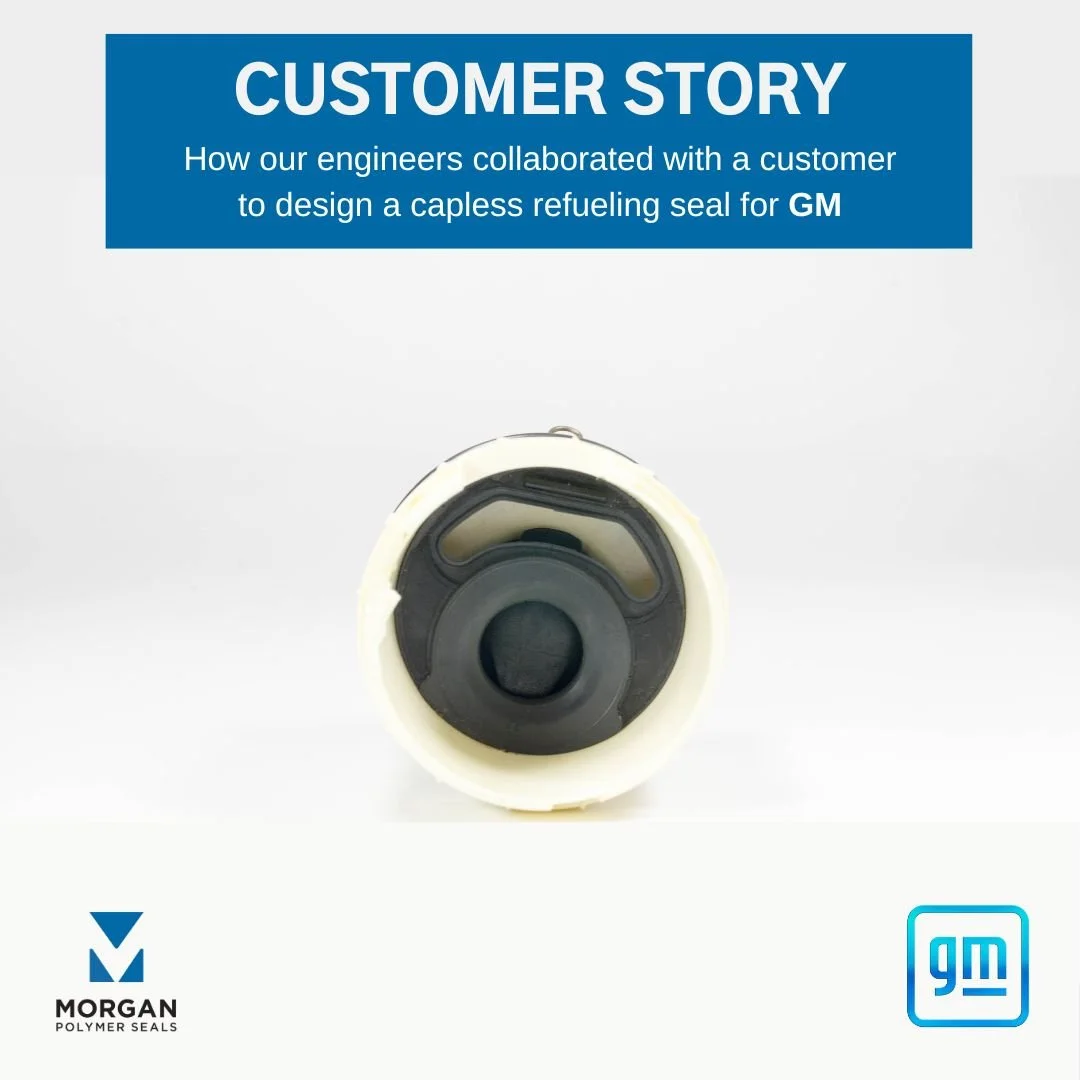We recently faced a unique challenge when Vitesco asked us to produce T76 filter plates for automotive transmissions. These plates are crucial components, and Vitesco needed them to be entirely defect-free. However, the plates' black-on-black design made it difficult to spot defects using traditional inspection methods.
Read MoreCongrats to Isela Fitch and Gissel Villalobos on being selected for Rubber News’ “Women Breaking the Mold” feature. Check out what these leaders had to say about their work and lives.
Read MoreThis project tackled key challenges in automotive design, including emissions reduction, cold weather performance, and maintaining the vehicle's design integrity.
Read MoreGM tasked Morgan Polymer Seals to collaborate with ITW to design a mechanical seal for a new capless refueling system in the Cadillac CT6. The custom seal system had to reduce hydrocarbon emissions, seal on the fuel fill-nozzle, and remain flexible at a temperature down to -40°C. This article looks at the design process and how successful seal design is achieved for an automotive application.
Read MoreVitesco, formerly Continental Automotive, tasked Morgan Polymer Seals to manufacture and deliver T76 filter plates, with the expectation of zero defects. The filter plates feature a black rubber seal design on a black plastic carrier gasket, making defects hard to detect with the human eye.
Read MoreVision inspection is a computer-aided visual analysis of manufactured parts to sort out any with defects, irregularities, or other quality control issues. Unlike manual inspection that relies solely on human hands and eyes, automated vision inspection employs a mechanical system of high-speed cameras, software, and automation hardware components to inspect each part thoroughly and quickly.
Read MoreGeneral Motors (GM) tasked Morgan Polymer Seals to collaborate with Illinois Tool Works (ITW) to design a mechanical seal for a new capless refueling system in the Cadillac CT6. The custom seal system had to reduce hydrocarbon emissions, seal on the fuel fill-nozzle, and remain flexible at a temperature down to -40°C. To avoid a larger redesign of the car’s body, the sealing system also had to fit within the sedan’s existing size constraints.
Read More






